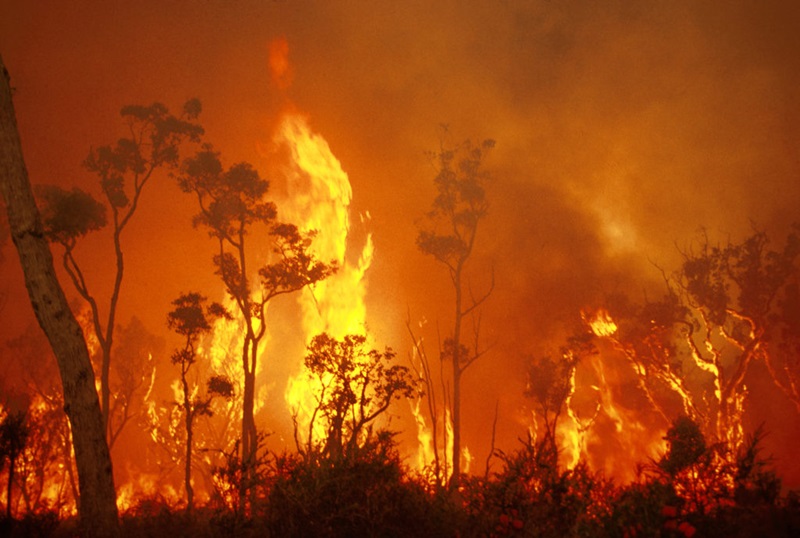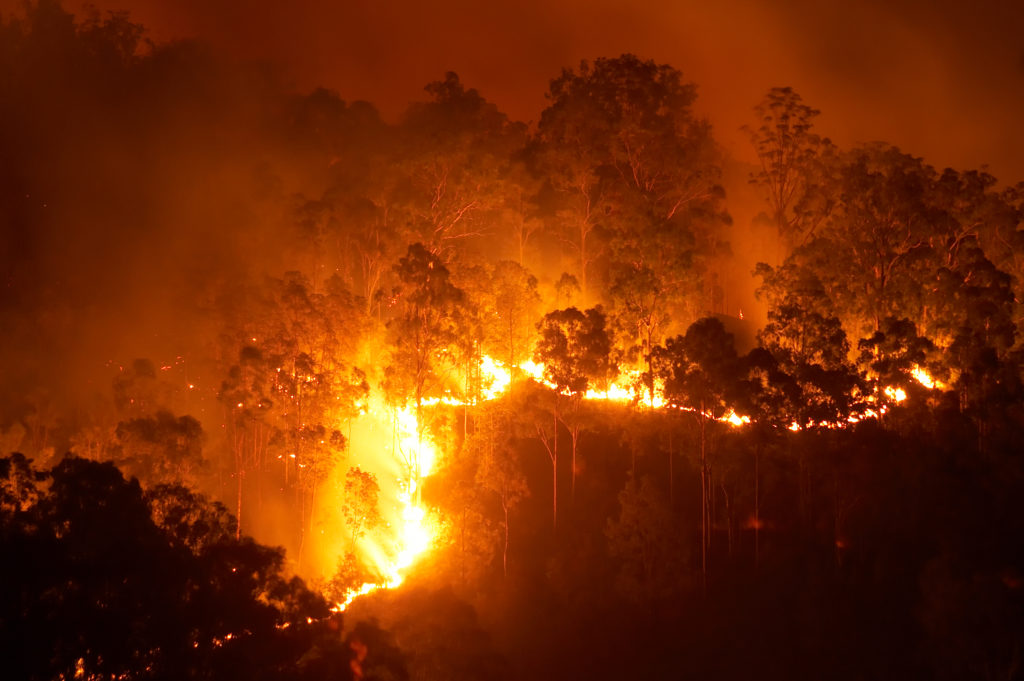Mastering Bushfire Readiness: The Function of a BAL Assessment in Risk Mitigation
Expert Guidance on Bushfire Management for Boosted Fire Protection
In the world of bushfire management, the relevance of specialist suggestions can not be overstated. From comprehending the subtleties of bushfire behavior to carrying out sensible procedures such as firebreaks and defensible areas, there exists a riches of knowledge that can substantially improve fire security initiatives.
Recognizing Bushfire Habits
To properly manage and reduce the effect of bushfires, it is critical to have a thorough understanding of bushfire actions. Bushfires are intricate all-natural phenomena affected by different factors such as climate problems, topography, gas tons, and human tasks. Comprehending how these aspects engage is essential in predicting the behavior of a bushfire, enabling better preparation and response approaches.
One key element of bushfire habits is fire spread. This includes the rate at which a fire advancements, the instructions it takes, and the strength of the fires. By examining previous fire events and analyzing fire patterns, professionals can anticipate how a bushfire may advance under certain conditions. BAL Assessment. This understanding contributes in designing discharge plans, alloting firefighting sources properly, and carrying out danger reduction procedures.
Additionally, comprehending ember strike, detecting, and fire tries is necessary in realizing the complete extent of bushfire habits. By diving into these details of bushfire actions, authorities can boost their readiness and response abilities, ultimately minimizing the impact of these devastating occasions.
Implementing Firebreaks and Defensible Areas
Comprehending bushfire actions is fundamental for properly implementing firebreaks and developing defensible spaces to boost fire protection. Firebreaks are strategically put voids in greenery or other flammable materials that function as obstacles to slow or quit the development of a bushfire. These can be all-natural features like rivers or roads, or manufactured clearings. Preserving these firebreaks through routine clearing up of particles and plants is necessary to ensure their efficiency throughout a bushfire event.

Appropriately implementing firebreaks and defensible rooms needs careful preparation, routine upkeep, and area cooperation to ensure the highest possible level of fire security for buildings and lives in bushfire-prone areas.
Using Very Early Warning Systems
Deploying innovative very early caution systems is necessary for timely discovery and signaling of prospective bushfire risks. By utilizing innovative modern technologies such as satellite tracking, weather sensing units, and thermal imaging, authorities can properly check fire-prone locations and detect ignition resources at the earliest phases. These systems can offer real-time data ablaze direction, intensity, and behavior, permitting prompt decision-making and quick release of firefighting resources to the affected areas.
Very early warning systems additionally play a crucial role in alerting residents and communities concerning impending bushfire dangers. Via automated alarms, text informs, telephone call, and social networks alerts, individuals can be quickly educated concerning discharge orders, risk-free shelter areas, and emergency procedures. This proactive approach not only conserves lives yet also minimizes residential or commercial property damage by making certain that people have adequate time to evacuate and protect their homes.
Developing Discharge Plans
Effective emptying strategies are vital for making sure the security of residents in bushfire-prone areas. Establishing well-thought-out evacuation strategies is important in alleviating the dangers presented by bushfires and protecting human life. These strategies must be comprehensive, taking right into account various factors such as the topography of the location, the thickness of plant life, and the most likely rate and instructions of the fire's spread.
When creating discharge plans, it is essential to develop clear emptying courses and assembly points where homeowners can gather safely. These courses need to be frequently preserved to make certain access throughout emergencies. Additionally, communication approaches must remain in place to alert residents of unavoidable danger and offer clear instructions on evacuation procedures.
Cooperation between neighborhood authorities, emergency situation services, and community members is essential in creating efficient discharge plans. Routine drills and workouts should be performed to acquaint homeowners with the procedures and ensure a swift and arranged discharge when a bushfire intimidates the area. By prioritizing the growth of durable emptying strategies, communities can boost their resilience to bushfire emergencies and lower the possible impact on residential properties and lives

Participating In Area Readiness
In the realm of bushfire management, cultivating community preparedness plays an essential duty in strengthening the strength of locals staying in risky locations. Taking part in neighborhood readiness includes enlightening homeowners on bushfire risks, promoting fire safety and security techniques, and creating emergency situation strategies jointly. By proactively involving the area in preparedness initiatives, individuals come to be much more educated and empowered to take aggressive measures to guard their lives and properties during bushfire incidents.
Community preparedness initiatives frequently consist of performing fire drills, click here for info establishing communication networks, and organizing training sessions ablaze reductions techniques. Furthermore, urging partnership amongst next-door neighbors to produce a cohesive assistance system can substantially enhance the general preparedness degree of an area. The chance of reducing damage and ensuring security rises significantly. when locals are knowledgeable and equipped to respond efficiently to bushfires.
Verdict
Finally, efficient click to find out more bushfire administration calls for a detailed understanding of fire behavior, the execution of firebreaks and defensible spaces, the use of very early caution systems, the growth of evacuation strategies, and neighborhood involvement in readiness initiatives. By integrating these approaches, neighborhoods can boost their fire defense procedures and decrease the impact of bushfires on both residential property and lives. BAL Assessment. It is critical for all stakeholders to collaborate to create a much safer setting despite this all-natural calamity
To effectively handle and reduce the impact of bushfires, it is essential to have a comprehensive understanding of bushfire actions. By studying previous fire events and evaluating fire patterns, experts can expect how a bushfire might progress under specific problems.Understanding bushfire behavior is fundamental for efficiently carrying out firebreaks and producing defensible spaces to boost fire defense. Involving in community readiness involves educating residents on bushfire risks, promoting fire safety techniques, and establishing emergency situation strategies jointly.In final thought, efficient bushfire management requires find here a detailed understanding of fire behavior, the implementation of firebreaks and defensible rooms, the usage of very early warning systems, the advancement of discharge plans, and community involvement in readiness efforts.